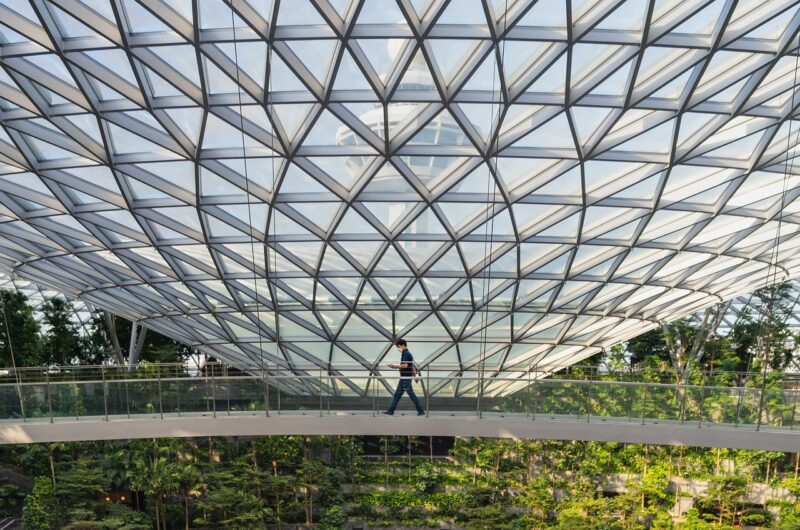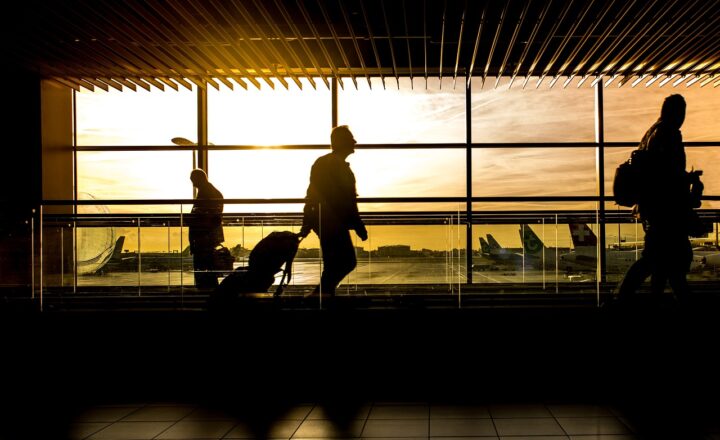The Evolution of Airport Design and How It Impacts Passenger Experience
November 11, 2024

Air travel has been revolutionized over the decades, with airport design undergoing dramatic changes that reflect not just technological advancements but also evolving passenger expectations. The experience of traveling through an airport can make or break a journey, impacting everything from a passenger’s mood to their overall perception of the airline industry.
1. The Historical Context of Airport Design
Airports have come a long way since the humble beginnings of aviation. Early airports were designed with functionality in mind, often featuring rudimentary buildings that served primarily as waiting areas. Here’s a brief overview of how airport design has evolved:
– Early 20th Century: Airports began as simple landing fields and rudimentary terminals, typically constructed from wood and metal.
– 1930s-40s: The Art Deco movement influenced airport architecture, introducing modern aesthetics and spacious lobbies.
– 1960s-70s: The Jet Age brought about massive increases in passenger numbers, leading to larger terminals and enhanced passenger amenities.
– 1980s-Present: A shift towards passenger-focused design, integrating technology, sustainability, and comfort in the layout.
This historical evolution outlines a journey towards creating spaces that prioritize passenger experiences while incorporating state-of-the-art technology.
2. Key Elements of Modern Airport Design
Modern airports are designed with multiple facets in mind, including functionality, aesthetics, and passenger experience. Here are several key elements that play a critical role in current airport designs:
– Wayfinding: Clear signage, interactive directories, and mobile apps are used to guide passengers, reducing confusion and stress.
– Passenger Amenities: Modern airports emphasize comfort with lounges, shopping areas, and diverse dining options to enhance the travel experience.
– Sustainability: New design practices focus on reducing environmental impacts, featuring energy-efficient systems and sustainable materials.
– Technology Integration: Automated check-in kiosks, baggage handling systems, and biometric checks aim to streamline processes.
– Flexibility: The ability to adapt to changing passenger needs, such as accommodating larger aircraft or increased flight frequency, is crucial.
The blend of these elements transforms airports from mere transit hubs into experiential spaces tailored to passenger desires.
3. The Role of Technology in Airport Design
With advancements in technology, airports have incorporated innovative solutions that significantly enhance the passenger experience. Here are a few notable examples:
– Biometric Screening: Facial recognition technology expedites security checks, making boarding processes faster and less stressful.
– Smart Lounges: High-tech lounges equipped with charging stations, virtual reality zones, and personalized services offer comfort and entertainment.
– Mobile Applications: Airports have developed apps that allow passengers to track flights, navigate terminals, and access real-time updates.
– Automated Services: Robotics in luggage handling and customer service, enhancing efficiency and reducing wait times.
Technology is not just a supplementary feature; it has become a central component in redefining how airports operate and serve their passengers.
4. The Future of Airport Design
Looking ahead, airport design will likely continue to evolve, driven by innovations in technology, changes in travel behavior, and increased awareness of environmental sustainability. Potential trends include:
– Smart Airports: The integration of the Internet of Things (IoT) will create smarter airports where devices communicate seamlessly, enhancing operational effectiveness.
– Passenger-Centric Designs: Future designs may include more customizable spaces where passengers can dictate their experiences, from quiet areas to entertainment zones.
– Sustainable Practices: A greater emphasis on building materials and operational methods that benefit both passengers and the environment.
– Enhanced Health Protocols: Post-pandemic, designs featuring better ventilation, touchless services, and health monitoring will become standard.
Continued innovation will ensure airports remain relevant and capable of meeting the dynamic needs of global travelers.
5. Impact on Passenger Experience
The evolution of airport design directly impacts passenger experience in profound ways. A positive airport experience can lead to happier passengers who are more likely to choose an airline again. Here’s how modern design influences passenger mobility:
– Reduced Stress: Efficient layouts help minimize confusion and waiting times, enabling passengers to feel more at ease.
– Enhanced Comfort: Sophisticated lounges and relaxation areas provide passengers with a space to unwind before their flights.
– Increased Engagement: Interactive displays and entertainment options keep passengers engaged during layovers or waiting periods.
– Fostering Connectivity: Well-placed seating, charging stations, and Wi-Fi access enable passengers to stay connected with family, friends, or work.
Overall, modern airport design serves as a pivotal factor in shaping the travel experience, marrying efficiency with comfort and connectivity.
Conclusion
The evolution of airport design reflects broader societal changes, integrating technology, sustainability, and passenger-centric thinking into the fabric of travel. As we move forward, the design of airports will continue to shape how passengers experience air travel, creating environments where stress is minimized, comfort is enhanced, and technology streamlines the journey.
Ultimately, the airport is not just a gateway to the skies but a critical element in the overall travel experience, dictating how we feel about the journey and shaping our perceptions of the airlines themselves. As such, understanding and investing in the future of airport design is vital for both the industry and travelers alike.







